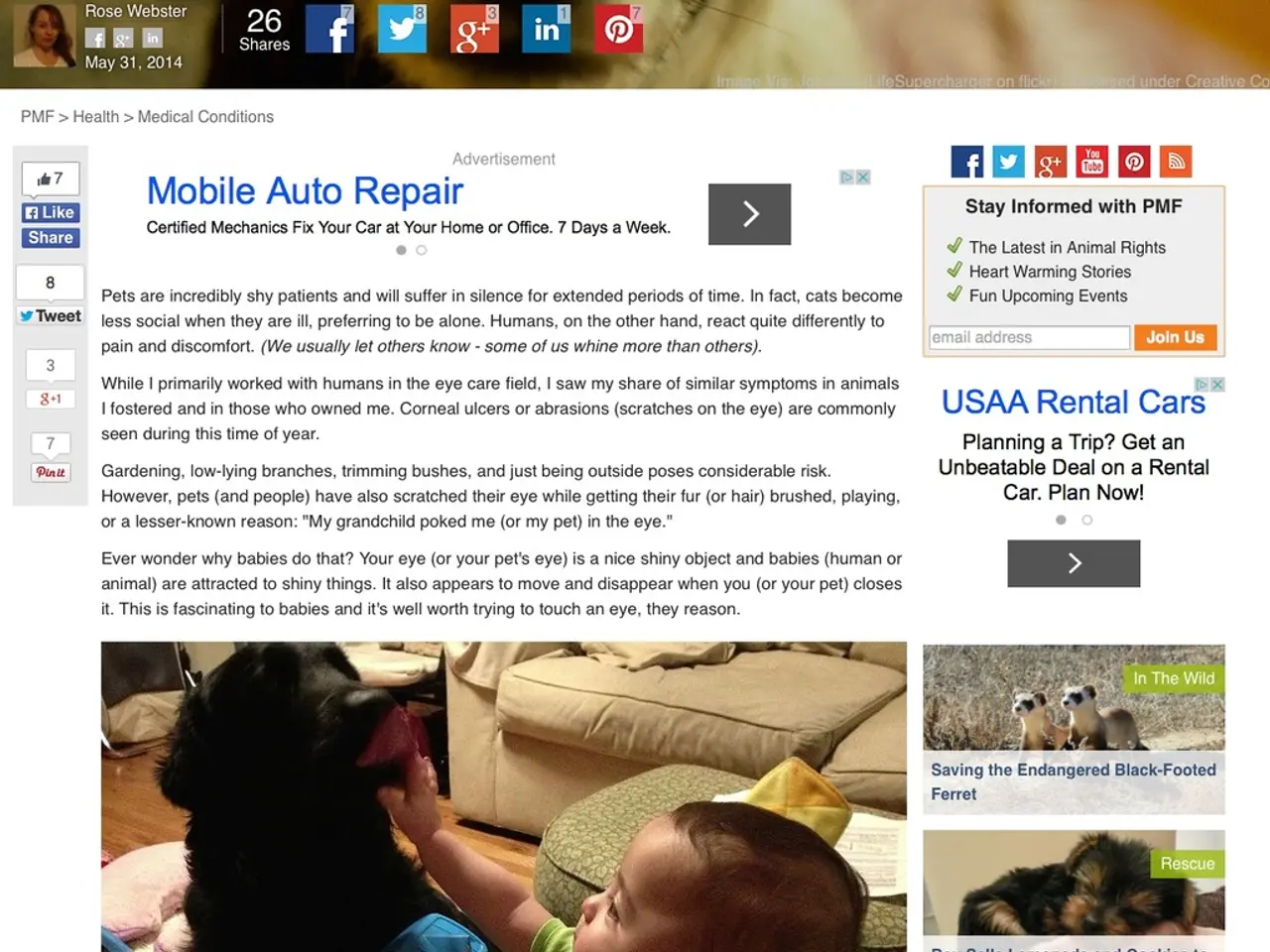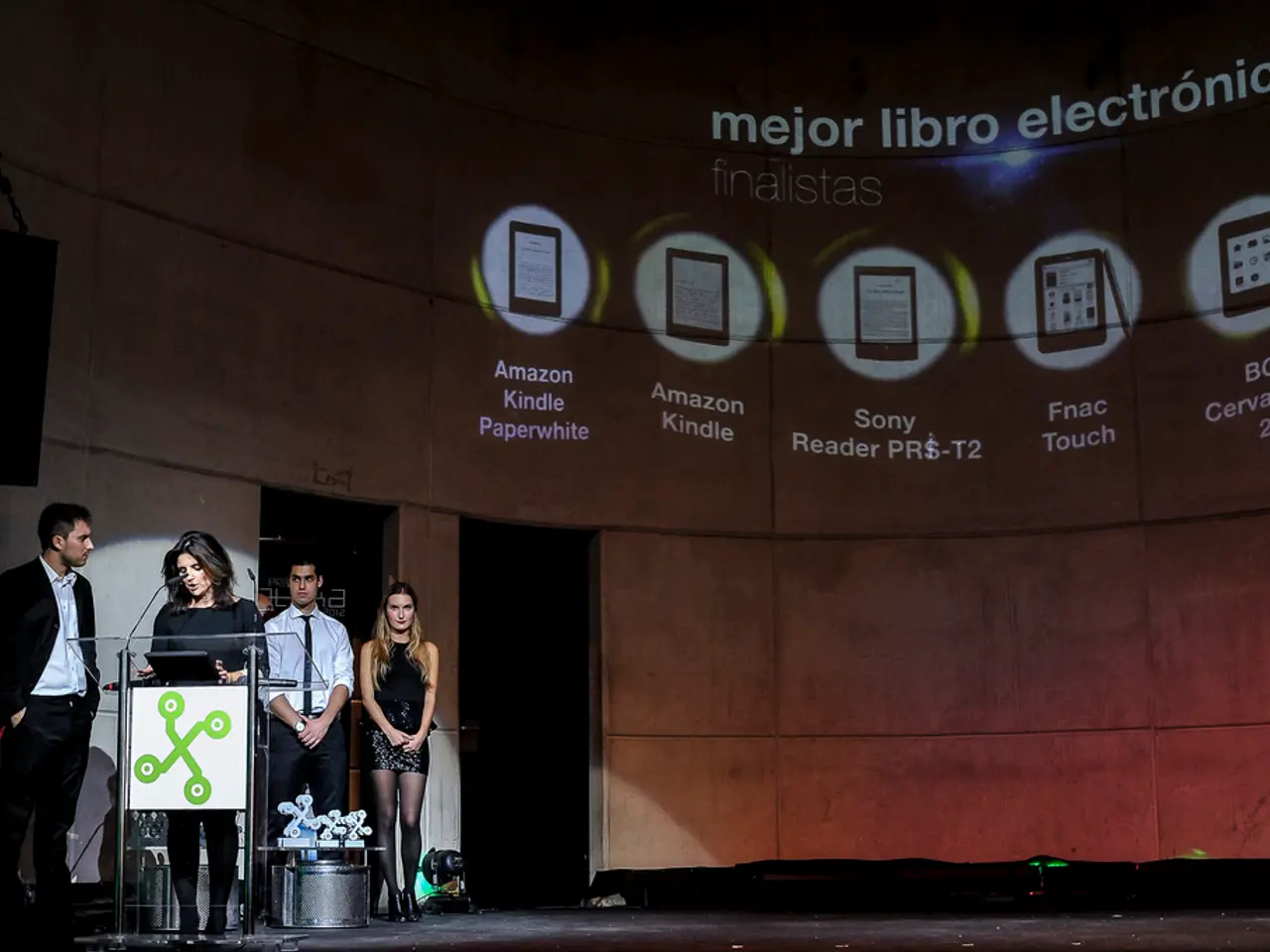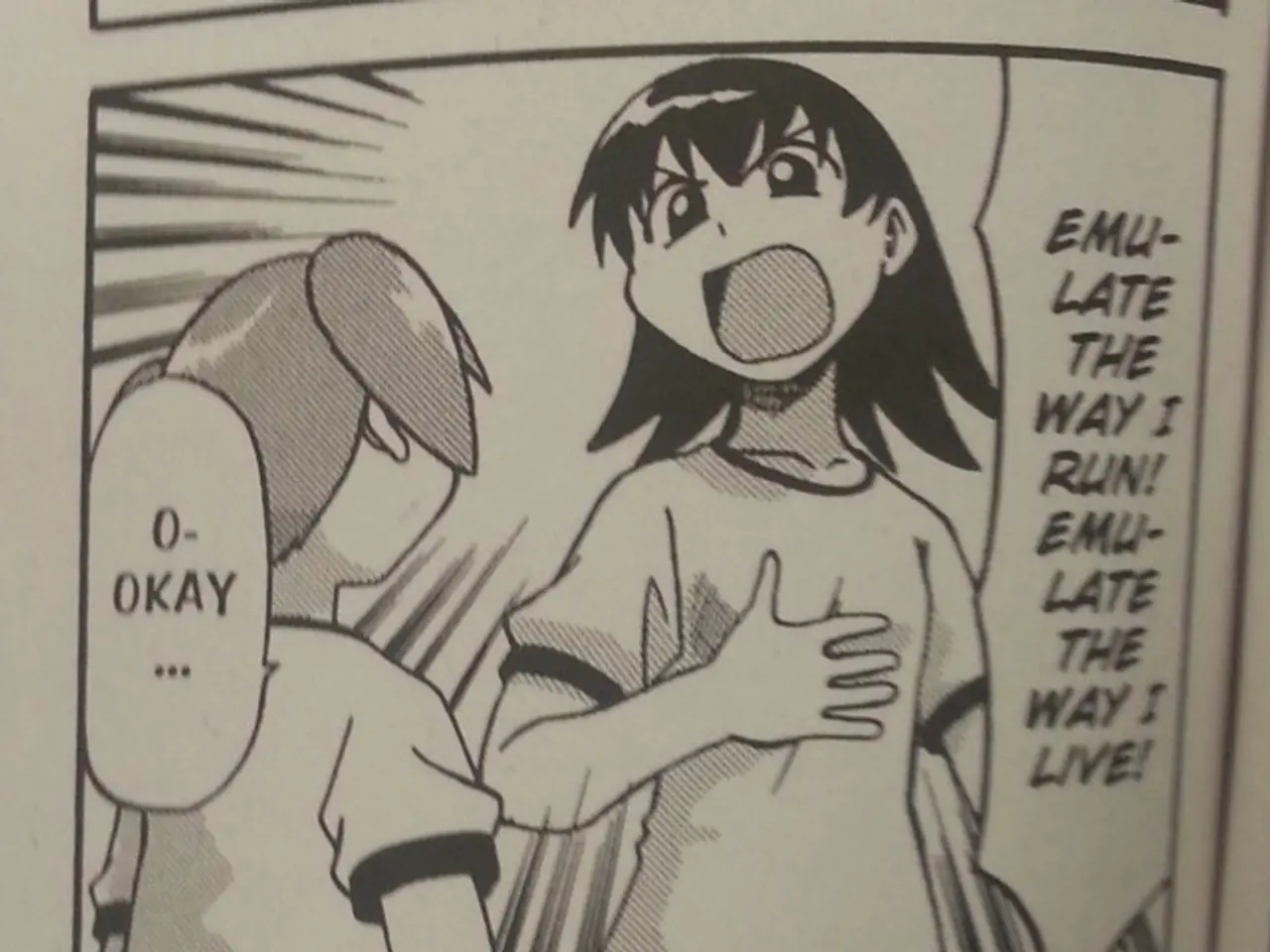Online platform YouTube will be encompassed in Australia's prohibition on social media for minors aged 16 and under.
In a bold move to protect the digital safety of children, Australia has announced plans to ban children under 16 from creating or maintaining social media accounts starting December 2025 [1][3]. The government has been conducting age assurance verification trials to ensure these measures are implemented effectively [2].
The trials have revealed that no single age verification technology fully meets all needs, and a combination of methods is likely to be employed [2]. Some concerns have emerged regarding the collection and retention of excessive personal data by age verification tools, potentially leading to privacy breaches [2].
To address this, platforms are exploring age checks involving digital ID verification, which would prove age without excessive sharing of personal information [1][4]. Companies like Google and Microsoft are preparing to roll out multi-faceted age assurance systems with layered checks, aiming to balance privacy, user experience, and compliance [4].
However, concerns remain from privacy advocates about potential data misuse and from psychologists about the ban’s impact on vulnerable children who use social media for support networks [2]. The government acknowledges no system is foolproof and anticipates some young users will attempt to circumvent controls [2].
YouTube, a popular platform among children, has been included in the social media ban, along with Facebook, Instagram, Snapchat, TikTok, and X [1]. YouTube Kids, which does not allow users to upload videos or comment on them, will not be included in the ban [1].
Concerning evidence has emerged that platforms are "over-anticipating the eventual needs of regulators about providing personal information for future investigations" [2]. This has raised questions about the extent to which platforms are collecting and storing user data.
In response to the ban, YouTube has announced new trials of AI in the United States to determine if a user is under 18 [1]. The signals used by YouTube to determine age include the types of videos a user is searching for, the categories of videos they have watched, or the longevity of the account [1].
If users are determined to be under 18, personalised ads will be deactivated, well-being tools will be activated, and repetitive viewing will be limited for some kinds of content [1].
The "Keeping Kids Safe" survey, conducted between December 2024 and February 2025, found that three out of four children ages 10-17 reported seeing harmful content [1]. A preliminary report released in June reached 12 findings, including that age verification can be done in a "private, robust, and effective" way [2].
Meanwhile, TikTok has been running ads in Australia promoting itself as an educational tool [1]. However, concerns about harmful content on YouTube and other platforms remain, with a survey released by Australia's independent online regulator, the eSafety Commission, finding 37% of children surveyed had reported seeing harmful content on YouTube [1].
The government passed "world-leading" legislation last year, providing a 12-month buffer to figure out how it will work [1]. Despite this, a representative of the Wiggles, a popular Australian children's entertainment group, has argued against YouTube's inclusion in the social media ban for children under 16 [1].
Sources:
[1] ABC News. (2023, June 24). Australia to ban children under 16 from social media sites from 2025. Retrieved from https://www.abc.net.au/news/2023-06-24/australia-to-ban-children-under-16-from-social-media-sites/101490482
[2] Australian Human Rights Commission. (2023). Age verification and age assurance: Final report. Retrieved from https://www.humanrights.gov.au/our-work/digital-human-rights/publications/age-verification-and-age-assurance-final-report
[3] Australian Government. (2022). Social media platforms to be banned for children under 16. Retrieved from https://www.pm.gov.au/media/social-media-platforms-banned-children-under-16
[4] ZDNet. (2023, June 27). Google and Microsoft preparing to roll out multi-faceted age assurance systems for social media platforms. Retrieved from https://www.zdnet.com/article/google-and-microsoft-preparing-to-roll-out-multi-faceted-age-assurance-systems-for-social-media-platforms/
- tech companies like Google and Microsoft are developing multi-layered age assurance systems, using digital ID verification, to balance privacy, user experience, and compliance, especially in the context of business and technology.
- Some concerns have been raised about the collection and retention of personal data by age verification tools, as there is a potential for privacy breaches.
- The sports sector, as well as education-and-self-development, general-news, and lifestyle sectors, are not directly mentioned in the context of the social media ban for children under 16, but they may still be impacted indirectly by developments in technology and the digital safety measures implemented.




